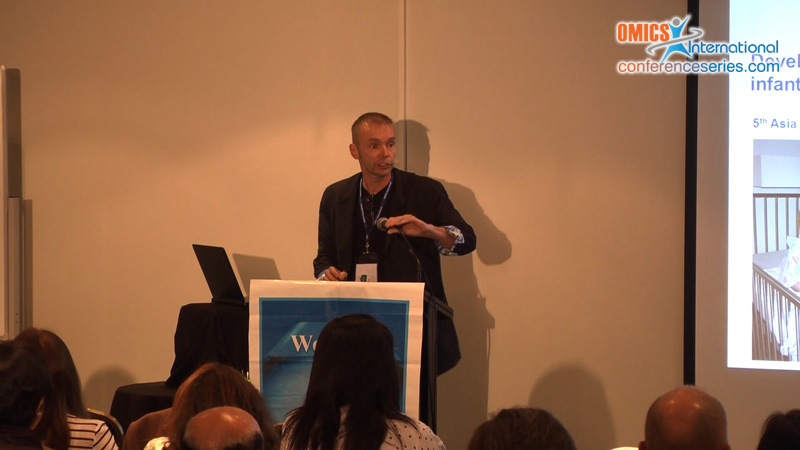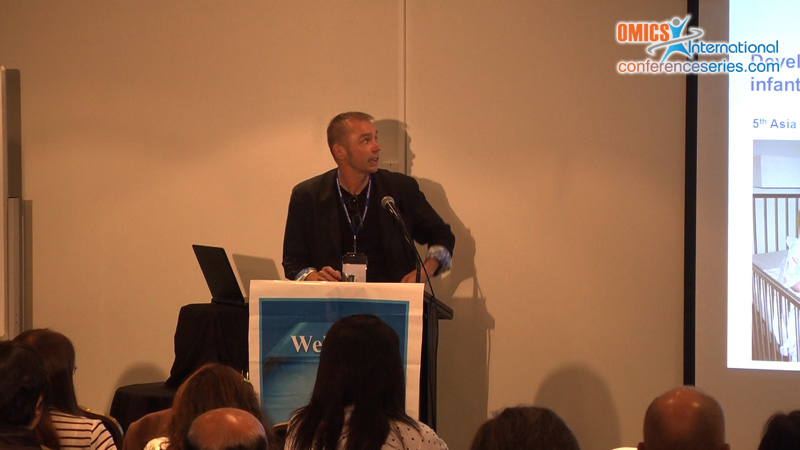
Filip Dubovsky
MedImmune/AstraZeneca, USA
Title: Development of a Passive RSV Vaccine for Infants as an Alternative to Maternal Vaccination
Biography
Biography: Filip Dubovsky
Abstract
Maternal vaccination has advanced as an approach to protect newborns against neonatal diseases. An alternative to maternal vaccination is passive vaccination using monoclonal antibodies (mAbs). Advances in mAb potency, extended half-life technology and manufacturing techniques allows for the development of monoclonal antibodies that can be used as passive vaccines in infants. MEDI8897 is a passive RSV vaccine for preterm and term infants. The optimization of a human derived mAb led to a 200-fold improvement of in vitro potency compared to palivizumab. Mutations in the Fc region have enabled a 3-fold increase in antibody half-life compared to standard IgG. In combination, these advances have resulted in a mAb that can be used as a passive vaccine to protect infants through an entire RSV transmission season with a single fixed intramuscular dose. MEDI8897 was evaluated in healthy adult volunteers (N=136). A range of intravenous and intramuscular doses were evaluated: the safety profile was favorable, and the mean half-life was extended to 67-80 days across all dosage groups. Anti-drug antibody was low and did not impact the pharmacokinetics. The safety and pharmacokinetic profile supported advancement of MEDI8897 into infant clinical studies. In temperate climates with a discreet RSV season, MEDI8897 can be used at the beginning of respiratory viral season to protect infants entering their first RSV season. In tropical climates, where the RSV transmission can be prolonged, MEDI8897 can be used as a birth-dose to protect newborns for the first six months of life where the risk of severe disease is greatest


